No need to travel to the other end of the world to be amazed! Wanderlix presents the 6 unusual marine animals to discover in France.
Marine wildlife remains a mystery for many of us. When you think about dolphins, sharks and other cetaceans, you often imagine having to travel to the other end of the world to observe them, or to be obligated to go to dedicated water parks.
Yet, it is not impossible to find themselves facing these animals in their natural environment. This is why Wanderlix presents today its top 6 of the unusual marine animals that you can find (with some patience, and a lot of luck...) along the French coasts.
The seal
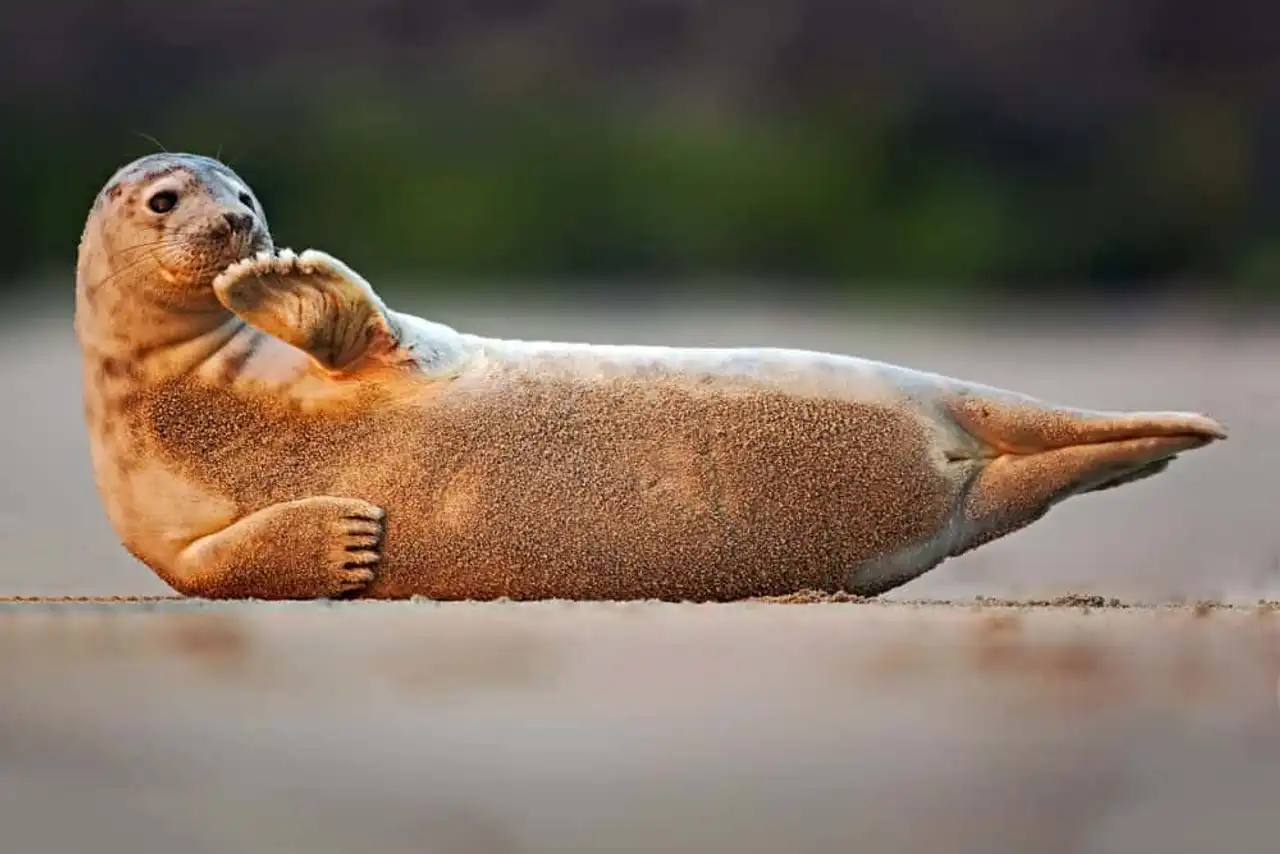
Photo credit: Shutterstock – Ondrej Prosicky
Let's start with the one who is by far, in this top of the unusual marine animals to discover in France, the most present on our coasts: seal. Indeed, whether it’s about marine seal , or Grey seal , it is estimated that several hundred of these mammals populate each year the Breton and Norman coasts. A high number, however, remains uncommon if we compare these figures with that of the British authorities, which count more than 350,000.
To observe them, nothing simpler. It’s in the Somme Bay , and on beaches Normandy that the marine seal took its quarters. Sedentary, it benefits from the low temperatures of Norman waters throughout the year. To be sure to see them, you will have to survey the beaches 3 hours before the low tide, or 3 hours after the latter.
The grey seal is more rare. You can still enjoy its stainted skin and its pretty moustaches in the heart of Cotentin , or once again on the Breton coasts, especially on the archipelago of Molène and the archipelago of Sept-Îles.
- Observe seal babies:
To have the chance to observe baby seals, it is in the spring that you will have to go to the Norman and Breton beaches. However, it is absolutely necessary to take great precautions.
In fact, if you approach less than 300m, seals could take fear, and run away by abandoning their little ones...
The shark
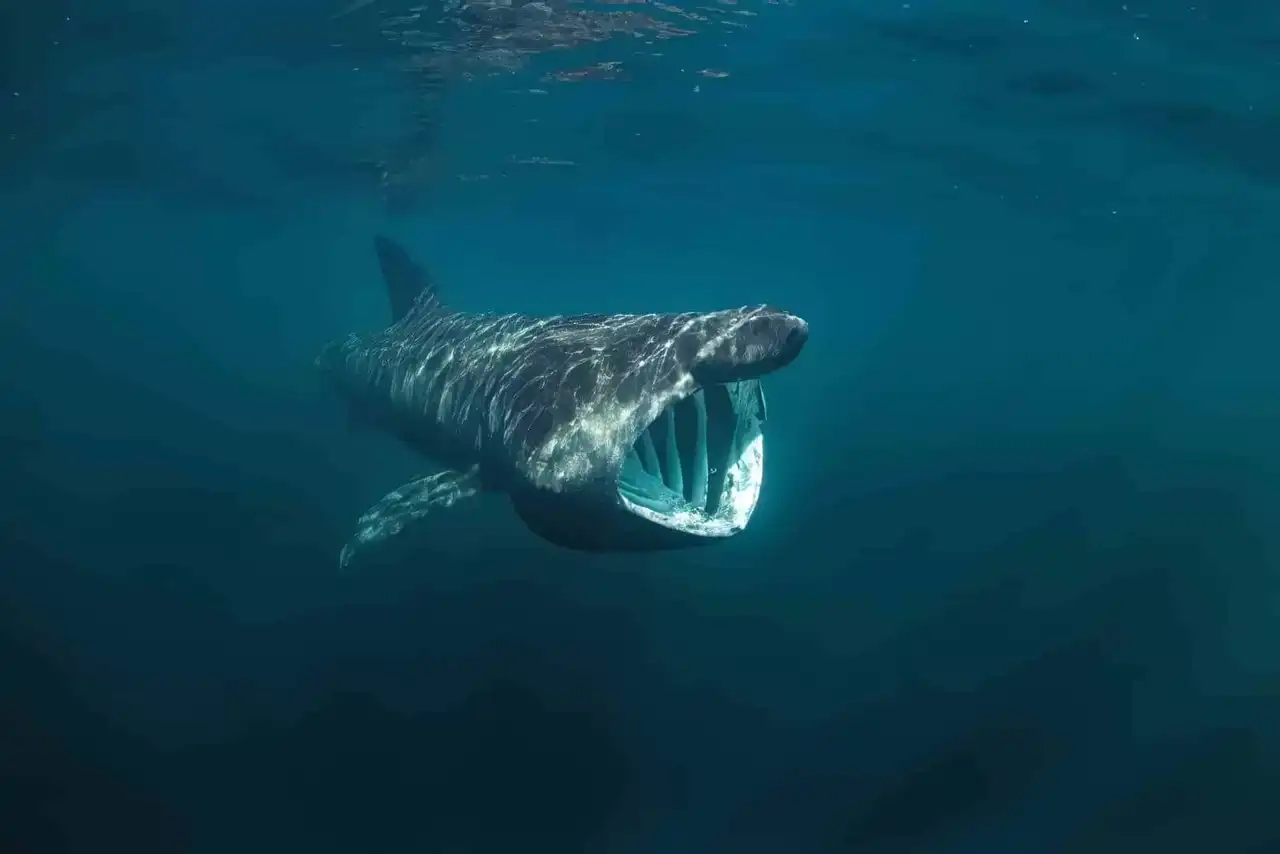
Photo credit: Shutterstock – Martin Prochazkacz
Be aware, this is the second largest fish in the world we present to you... The shark ! Overview for the last time on September 21, 2020 in the vicinity of island Re , it is in the heart of Finistère that we most often see this specimen.
But no panic if you had planned a walk in the Iroise Sea or in the Glénan archipelago: the shark-pèlerin only feeds on planktons!
You can admire it without too much difficulty throughout the year and without fear, so during a cruise or expedition. Between 1998 and 2017, more than 1,300 sharks were observed on the French coast.
The penguin torda
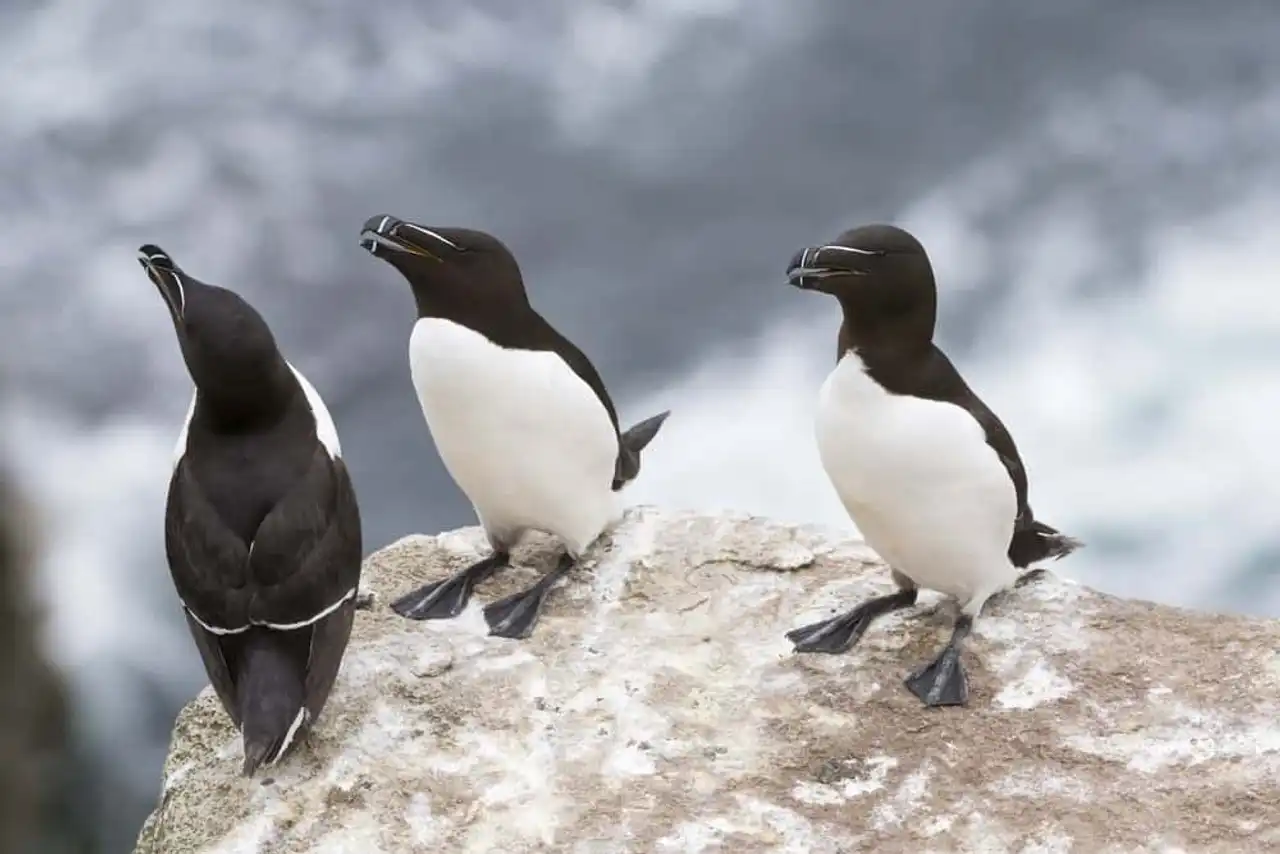
Photo credit: Shutterstock – AndreAnita
Here is certainly the heart of the GV writing: the penguin torda . To make it simple, it is the last species of penguin in the world... Indeed, those usually called penguins are in fact cots, and the Tordas are the last representative of their species. In the 2000s, they were only about ten. At the dawn of 2021, they roar the hundred.
To see them, it is once again in the Finistère that you will have to go, and more precisely on the rocky coasts of Douarnenez Bay. The first Tordas pointed out the end of their beak at the end of the summer, after being reproduced on the firm earth, and settled until March.
- The torda penguin: a sea bird
Once in the water, on the edge of the late summer until March, the twisted penguins no longer hand over the mat on the farmland. They live, eat, drink and sleep in the sea throughout this period.
The dolphin
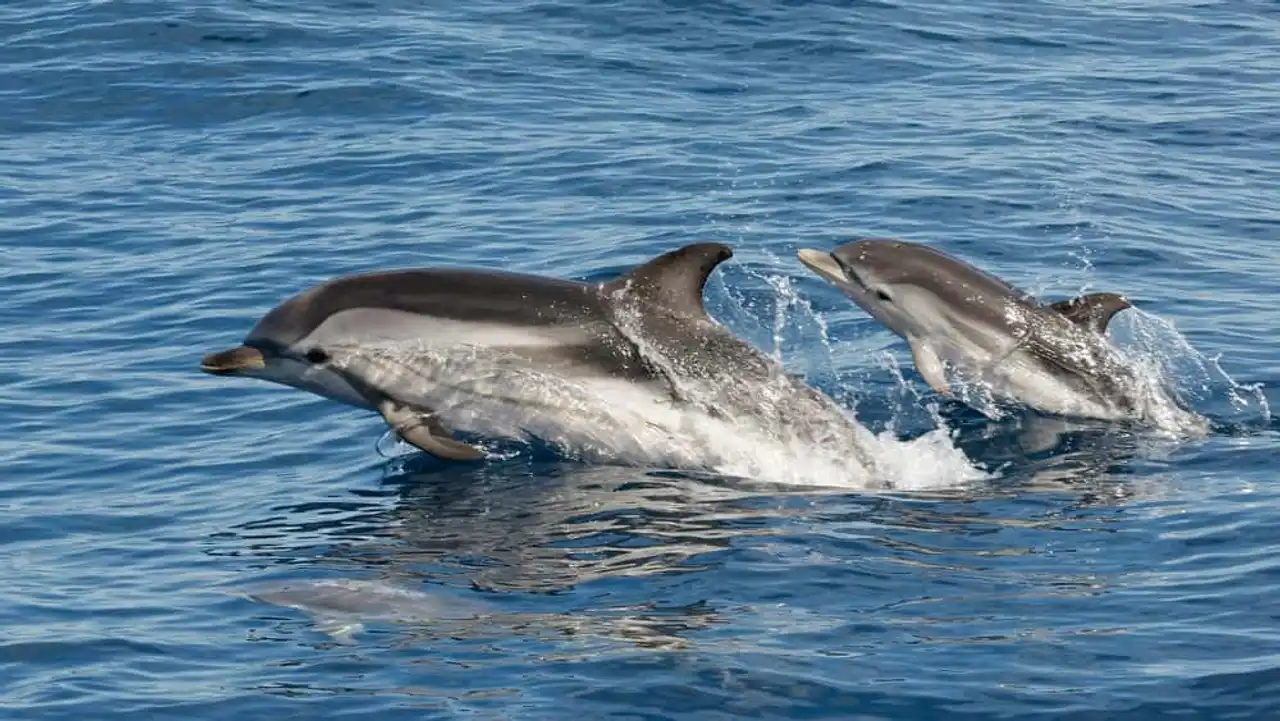
Photo credit: Shutterstock – LABETAA Andre
Ah... The dolphin! Is it not one of the most emblematic animals of our childhood? In the collective imagination, it is often the representation of kindness, gentleness and adventure. Many children (or great children), who dream of watching them swim at all speeds, jumping above the water...
For this, we strongly advise you on water parks that showcase dolphins, sea lions and other orques. Nothing better than watching these marine animals in the middle of nature, in their own environment. Especially when, as for the dolphin, it is so easy to observe it on the French coasts.
Indeed, be it offshore Brittany , Côte d’Azur or the Corse , the dolphins are increasing every year on our coastline. Whether it’s the common dolphin or the great dolphin, you can find them when the seas are calm.
In order to put all the chances on your side, we recommend that you prefer this type of exit at sea between April and October, especially during the summer.
The cachalot
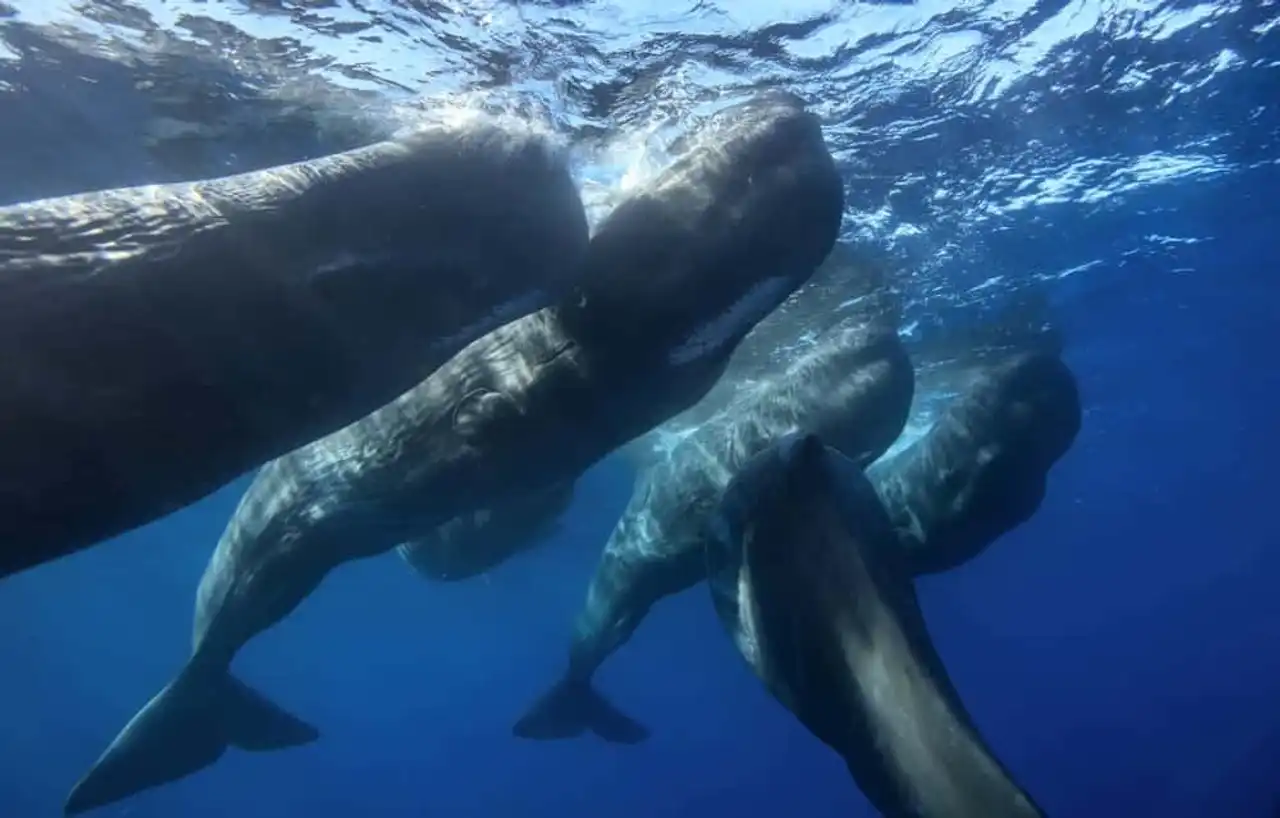
Photo credit: Shutterstock – Willyam Bradberry
Unlike the above-mentioned marine animals, the cachalot is more rare on the French coast. Rare, but not invisible!
Indeed, the latter may be met both in the Gulf of Gascogne and in the Mediterranean waters. In August 2019, a phenomenon for the least exceptional had also occurred off the coast of Nicaragua... A bench of cachalots, no less than 11, had then taken their quarters in the heart of the Mediterranean.
Regularly performing long respiratory sequences on the surface of the water, and navigating at a reduced speed, the mammals were then observed and filmed for several hours.
- The curse of the Havre :
In 2016, a cachalot of 14 meters, and about 15 tons, had failed in the nature reserve of the Seine estuary, near the port of Le Havre. A year before, a 14 metre whale had already been discovered on the beaches of Le Havre, after being hit by at least two boats...
The macarous monk
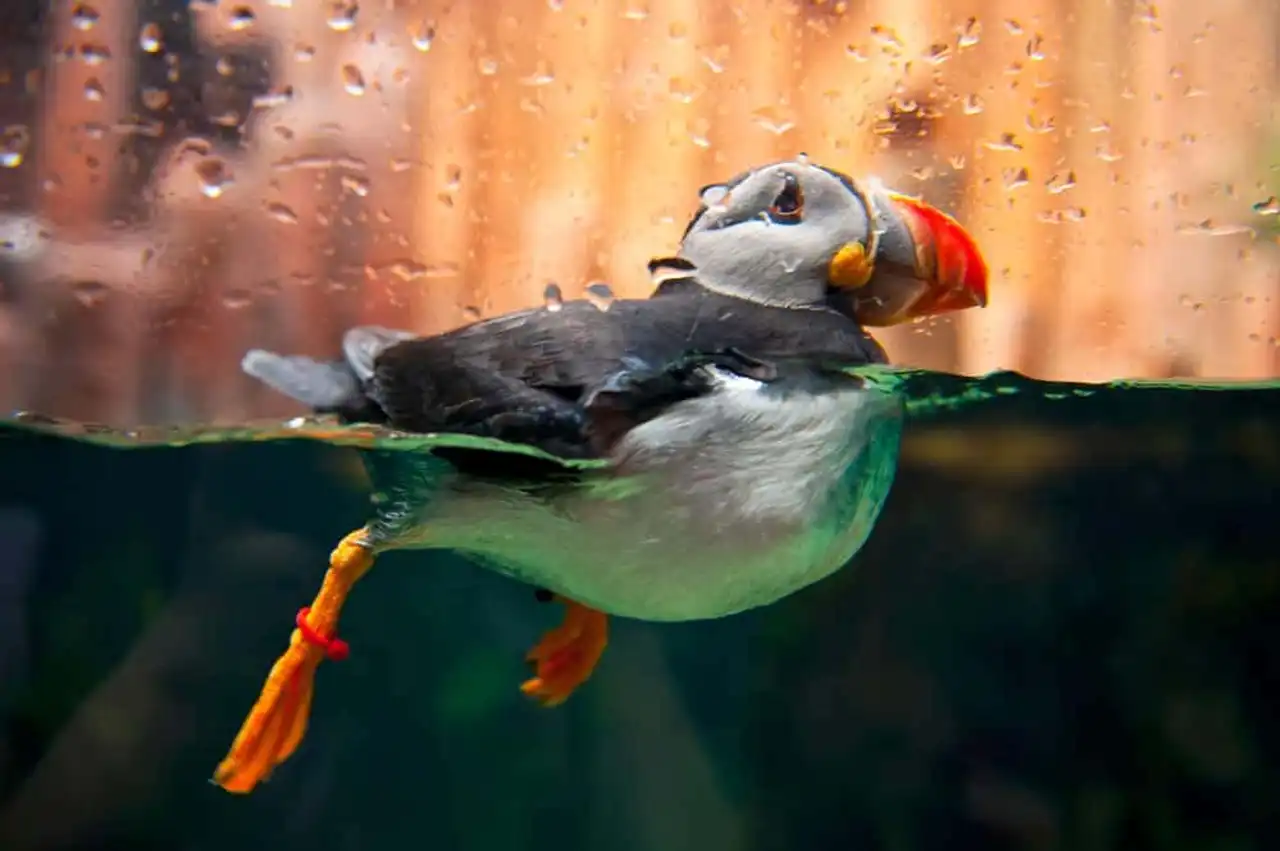
Photo credit: Shutterstock – Evikka
Return to the Breton coasts and the reserve of the Sept-Îles to observe a rare bird: the monk macarous. At the same time emblematic of the Nordic countries and extremely rare on the rest of the world, the macarous is a round bird with black cape, multicolored beak and clumsy approach.
If the backup center LPO of the Ile-Grande counts about a hundred pairs of macareux each summer, they were more than 8,000 in the mid-19th century. The cause? Global warming. As water temperatures have risen by several degrees in recent years, fish stocks migrate and maca bushes have to travel far more to feed, which exhausts it.
In addition, mob couples produce only one egg a year, between April and May, making reproduction difficult. It is also at this same time that you will have the best chance to cross it in the Sept-Îles Reserve.







Loading comments ...